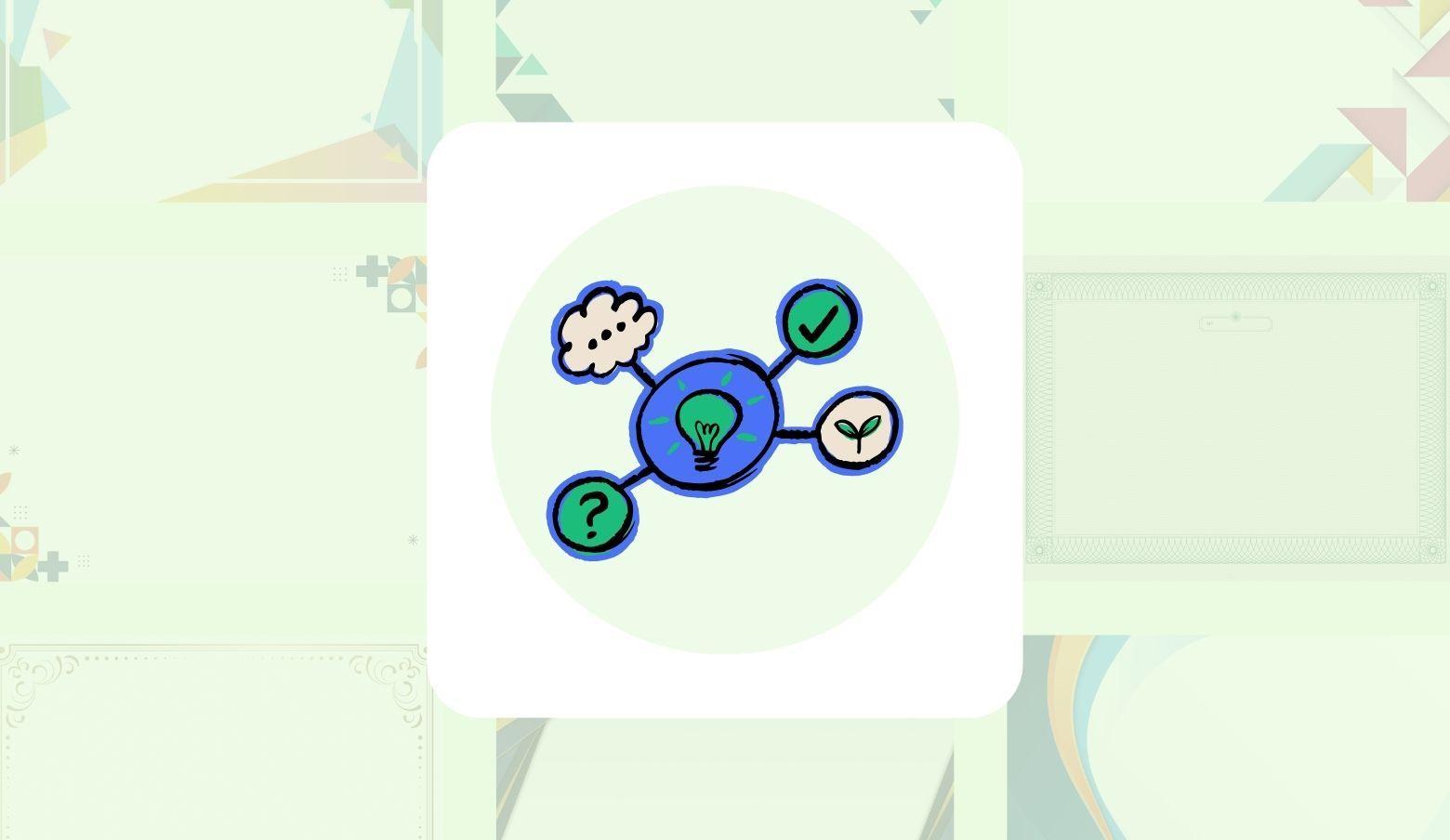
In an era marked by rapid technological advancements, digitalization has seeped into nearly every aspect of our lives, including education. One prominent example of this digital transformation is the adoption of digital badges. In this article, we will explore what digital certificates are, how they can be incorporated into universities and companies, and how they can boost morale among recipients.
What are Digital Certificates?
Digital certificates, also known as e-certificates or electronic certificates, are digital versions of traditional paper certificates and diplomas. They are created and issued in a digital format, often using blockchain technology to ensure security and authenticity. These certificates contain information about an individual's achievements, qualifications, and the institution or organization that issued them. Unlike their physical counterparts, digital certificates can be easily shared, verified, and stored electronically.
How can you incorporate digital certificates in your university or company?
Incorporating digital certificates into educational institutions and companies can offer numerous benefits. To implement digital certificates successfully, follow these steps:
a. Choose a reliable platform: Select a secure and user-friendly platform or software for creating and issuing digital certificates. Ensure that the platform supports encryption and offers robust authentication features.
b. Design customized templates: Create visually appealing and customized certificate templates that align with your institution's branding. Include essential details such as the recipient's name, the award or achievement, and the date of issuance.
c. Issue certificates electronically: Once the templates are ready, issue certificates electronically to deserving recipients. Digital certificates can be distributed via email, uploaded to a secure website, or even shared on social media platforms.
d. Ensure authenticity: To maintain the credibility of digital certificates, utilize blockchain technology or other secure methods to verify their authenticity. Recipients and potential employers should be able to verify the certificate's legitimacy easily.
e. Promote digital literacy: Encourage students, employees, and certificate recipients to familiarize themselves with digital certificates. Provide guidance on how to share and store these certificates securely.
How do they boost morale?
Digital certificates offer several ways to boost morale among recipients:
a. Instant gratification: Unlike traditional certificates that take time to be printed and delivered, digital certificates can be issued instantly. This immediate recognition can enhance the recipient's sense of accomplishment and motivation.
b. Easy sharing: Digital certificates can be easily shared on social media platforms and professional networks. This not only allows recipients to showcase their achievements but also boosts their self-esteem and confidence.
c. Enhanced credibility: Digital certificates, backed by secure authentication methods, are highly credible. This credibility can improve the recipient's confidence in their qualifications and abilities, leading to increased motivation and productivity.
d. Long-term access: Unlike paper certificates that can deteriorate or get lost, digital certificates can be stored and accessed indefinitely. This ensures that the recipient can always have proof of their achievements, even years after receiving the certificate.
In conclusion, the incorporation of digital certificates into education and the workplace represents a significant step towards the future. There are many softwares you can work with to distribute digital certificates, however there is one leading software in this field to work with, which is Sertifier. These digital credentials offer convenience, security, and morale-boosting benefits for both individuals and organizations. Embracing digitalization in education through digital certificates is not just a technological advancement; it is a step towards a more efficient, credible, and motivational learning and working environment.
 icons at the top right corner of the subsection.
icons at the top right corner of the subsection.